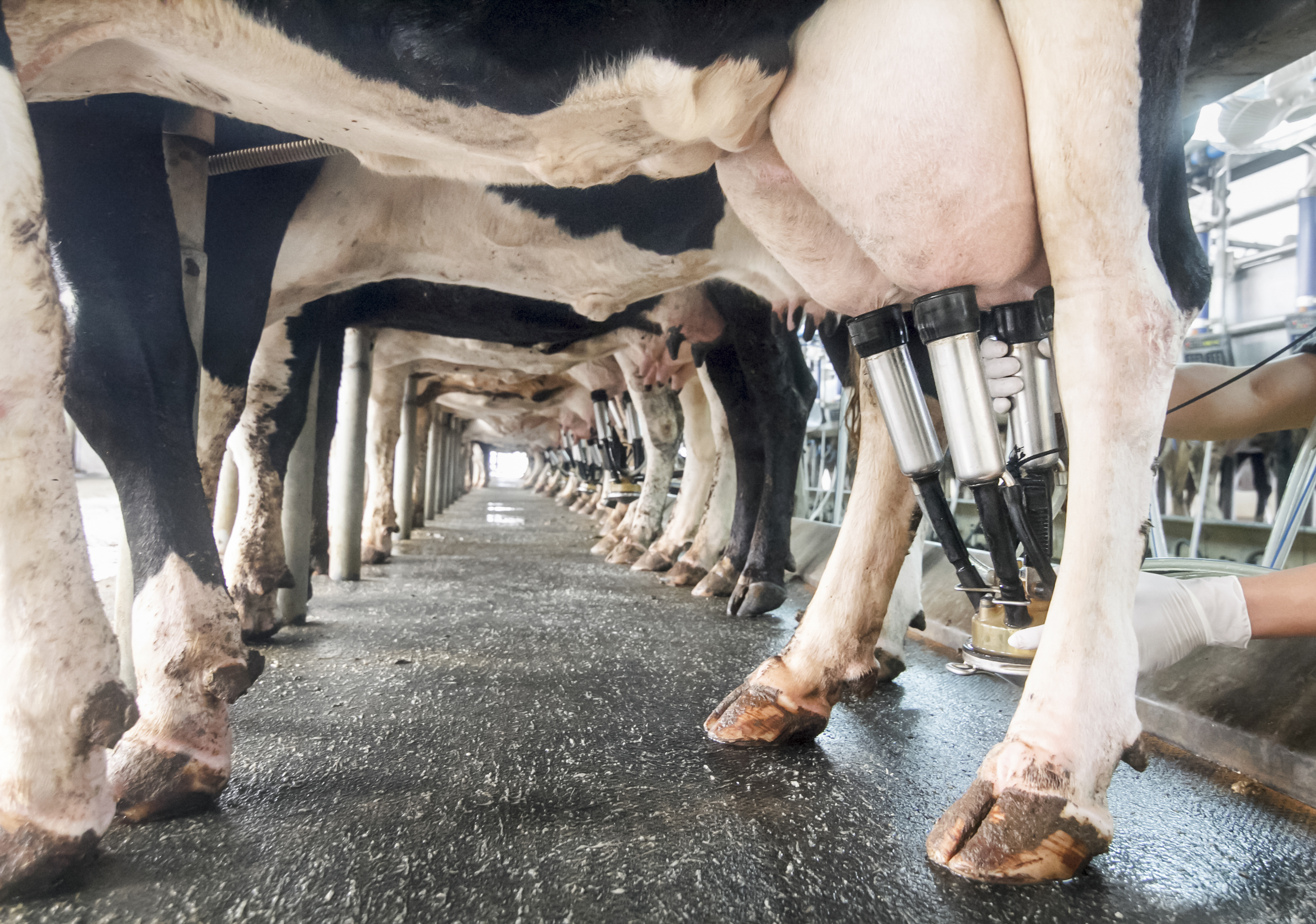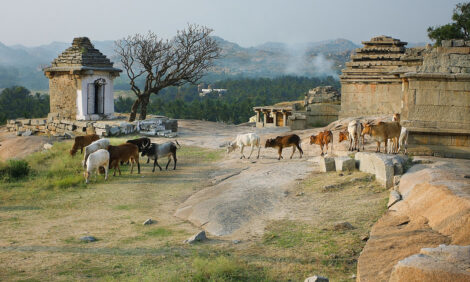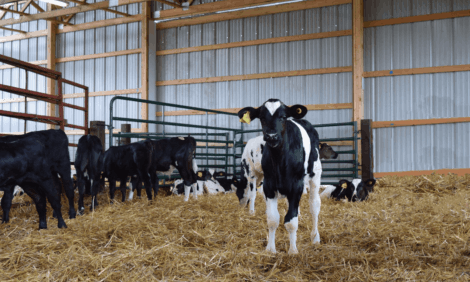



Mycoplasma bovis: An emerging global disease
Changes in dairy herd management, primarily herd expansion, have turned mycoplasma mastitis into an emerging disease, writes Dr. Christina Boss, Global Senior Product Manager at Thermo Fisher Scientific.This article first appeared in Progressive Dairyman.

The U.S. National Animal Health Monitoring Service (NAHMS) conducted a recent survey, which estimated during any single year, 20 per cent of 500+ cow herds in the US will have a positive mycoplasma mastitis bulk tank.
“This means mycoplasma mastitis is infecting about one-fifth to one-quarter of all large dairy herds annually,” says Dr. Larry Fox, professor at Washington State University. “That may be an underestimate because it can be difficult to diagnose.”
Research conducted by Dr. Fox showed the US Pacific Northwest experienced a five-fold increase in clinical mycoplasma mastitis over a two- to three-year period in the mid-2000s. While this region appears to have plateaued, more recently, mycoplasma mastitis has also emerged in Canada, England, New Zealand and Belgium.
Mastitis is estimated to cost the US dairy industry billions of dollars every year, and Dr. Fox says he thinks the same is true for dairy producers in Europe.
How do mastitis types differ?
The basic difference in categories of mastitis is their physiology or cell structure. Gram-positive mastitis bacteria have a thick cell wall. The cell wall’s membrane is highly selective about how and what move in and out. Gram-negative mastitis bacteria have a thin cell wall with two membranes that are somewhat selective, and the outer membrane protects the cell wall.
“Penicillin antibiotics need to attack the cell wall in order to be effective. For gram-negative infections, the penicillin-type antibiotics, also called beta lactams, cannot get to the cell wall,” describes Dr. Fox. “As a result, gram-positives tend to be more susceptible to penicillin antibiotics; gram-negatives are more resistant.”
Similar to gram-negative bacteria, mycoplasma do not have a cell wall; they only have a cell membrane, making them much more resistant to antibiotics because there's no cell wall to attack. Mycoplasma is very slow growing, which gives it an advantage because some antibiotics focus on the metabolism and reproduction aspects of the cells. Slow growing bacteria are not reproducing or metabolizing as fast, making them more resistant to antibiotics.
Cows with a gram-negative infection tend to get systemically sick and would be considered a “hotter,” more acute case of mastitis. Gram-positive mastitis infections tend to show abnormal milk and elevated somatic cell count. Mycoplasma symptoms are somewhere in between, and typically multiple quarters of the animal are infected.
When it comes to antibiotic treatment, Fox recommends treating gram-positive infections, but says antibiotics are not a solution for mycoplasma or gram-negative infections. When antibiotics aren’t used, some advocate for frequent milk-outs, which is designed to evacuate the toxins causing the clinical signs of mastitis from the mammary gland.
Closely monitor your bulk tank diagnostic test results to identify problem areas, and then work with your herd veterinarian to develop a mastitis control program that fits your specific operation.
Learn more about mycoplasma mastitis including:
- Why mycoplasma mastitis is unique
- Mycoplasma risk factors
- Why mycoplasma mastitis is underestimated




